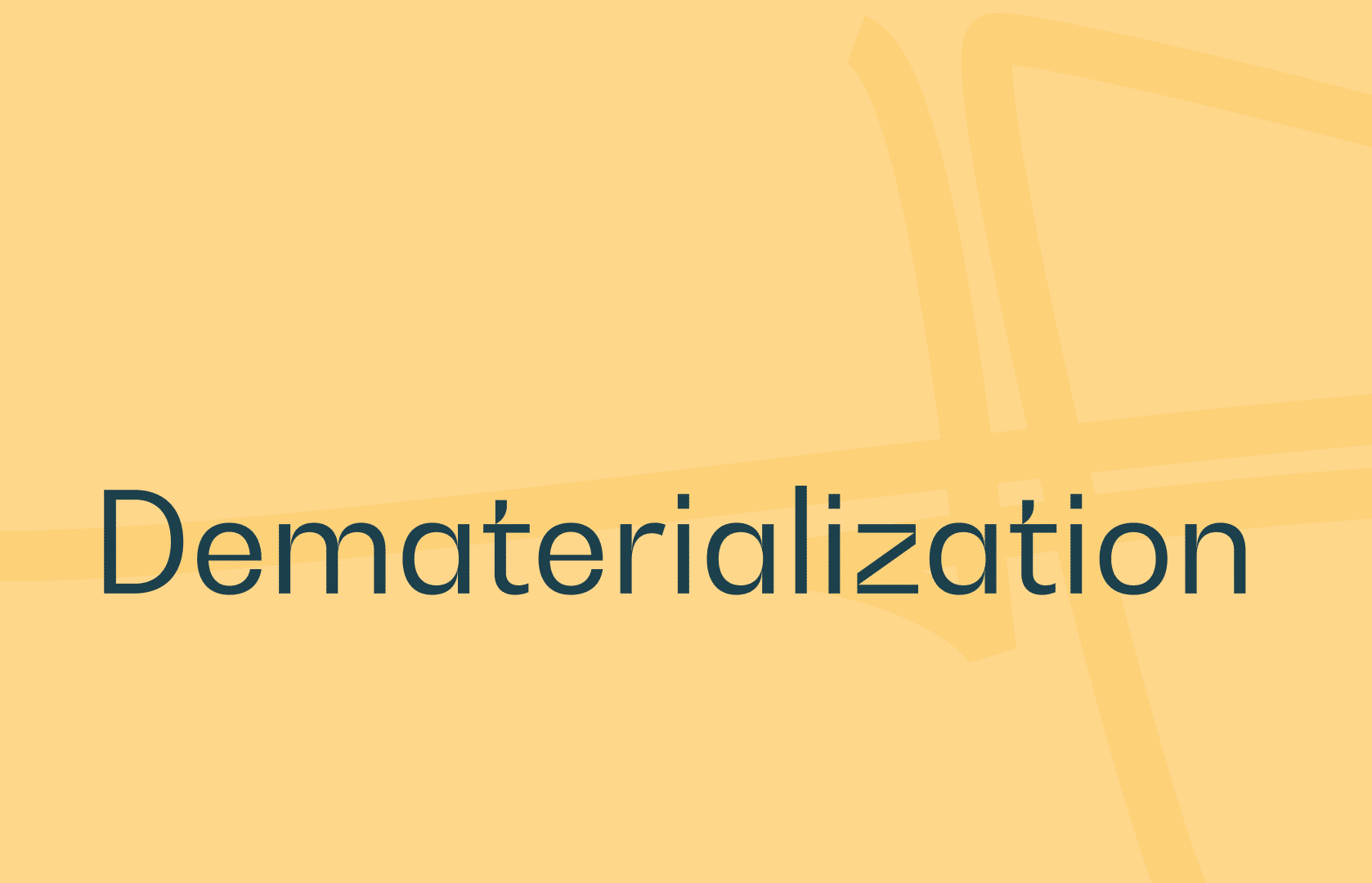The eIDAS regulation (European Union regulation on electronic identities and trust) defines three types of recognized electronic signatures that are valid throughout the European Union:
- Simple electronic signature
- Advanced electronic signature
- Qualified electronic signature
It’s important to note that each type of electronic signature has its own advantages and disadvantages, and it’s advisable to choose the one that best suits your needs in terms of security and convenience.

What is a simple electronic signature?
A simple electronic signature is a way of electronically signing a document using text. It can be as simple as writing “signed” followed by your name and the date, then copying and pasting this text into the electronic document.
This signature can be used to indicate that you have read and approved the document, but it provides no proof of the document’s integrity or the identity of the person signing it. It is easy to use, but does not provide a high level of security, and is not generally considered to be a high-level electronic signature.
The eIDAS regulation (European Union regulation on electronic identity and trust) also recognizes the simple electronic signature as a form of electronic signature valid throughout the European Union.
However, it is considered less secure than the other types of electronic signature recognized by the regulation, such as the advanced electronic signature and the qualified electronic signature.
What is a qualified electronic signature (QES)?
The qualified electronic signature (QES) is the most secure form of electronic signature recognized by the eIDAS regulation (European Union regulation on electronic identity and trust). It uses a certificate issued by a recognized certification authority and is considered equivalent to a handwritten signature on paper.
SEQ uses advanced encryption technology to ensure the integrity and authenticity of the document, and the certificate attests to the identity of the person signing the document. It is therefore considered highly secure, and is often used for important legal or financial documents.
It is important to note that, although QES is very secure, it can be expensive to use due to the need to purchase a certificate and use specialized software or hardware to create it. In addition, it generally requires training to use correctly.
What is an advanced electronic signature (AES)?
The Advanced Electronic Signature (AES) is a form of electronic signature that uses encryption technology to ensure document integrity and authenticity. It is considered more secure than the simple electronic signature, but less secure than the qualified electronic signature (QES).
To create an AES, you need electronic signature software or hardware that uses an encryption algorithm to create a document hash (a unique code generated from the document content). The hash is then signed with a private key, creating a unique electronic signature that cannot be altered without detecting the tampering.
The eIDAS regulation (European Union regulation on electronic identity and trust) also recognizes AES as a form of electronic signature valid throughout the European Union. However, it generally requires the use of specialized software or hardware, and can be expensive to use. What’s more, it often requires training to be used correctly.

What type of electronic signature should I choose?
Your choice of electronic signature depends on your security and convenience requirements. Here are a few points to bear in mind when selecting a type of electronic signature:
- Security: if you need a highly secure electronic signature for important documents, such as contracts or financial transactions, you should consider using a Qualified Electronic Signature (QES). If you need less security, an advanced electronic signature (AES) may be a good option. If you simply need a signature to indicate that you have read and approved a document, a simple electronic signature may suffice.
- Convenience: if you prefer an easy-to-use electronic signature that doesn’t require specialized software or hardware, a simple electronic signature may be a good option. If you’re prepared to invest time and money in a more sophisticated electronic signature system, an AES or QES may be more suitable.
- Cost: qualified (SEQ) and advanced (SEA) electronic signatures can be expensive to use, due to the need to purchase a certificate and use specialized software or hardware. If you’re looking for a cost-effective solution, a simple electronic signature might be a good option.




